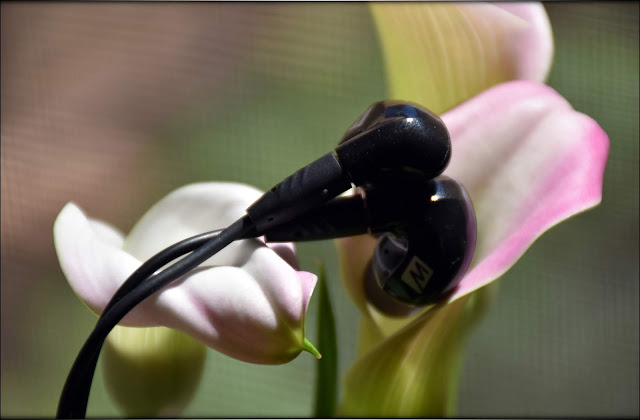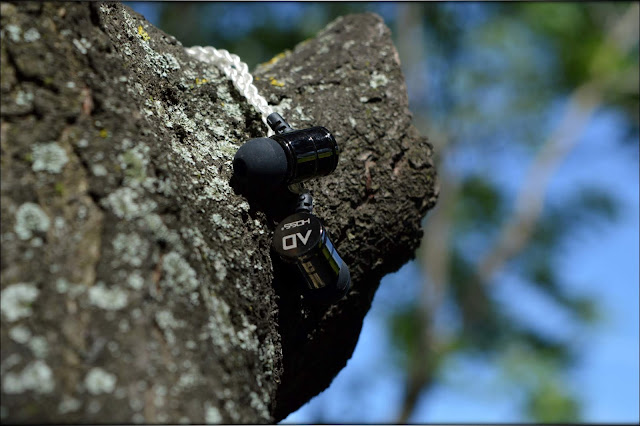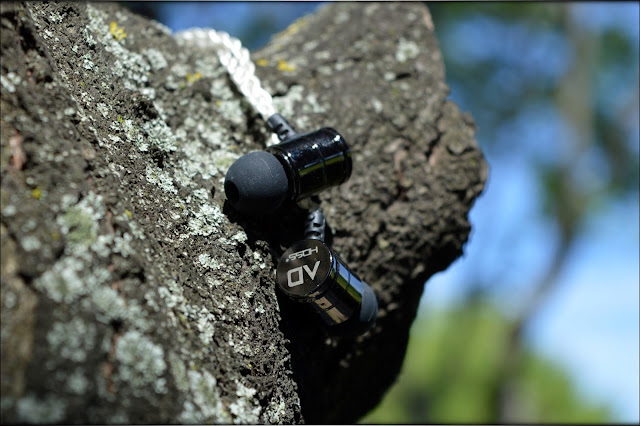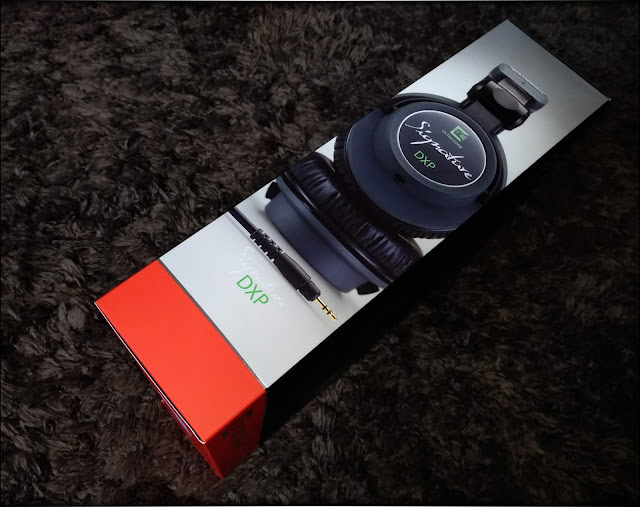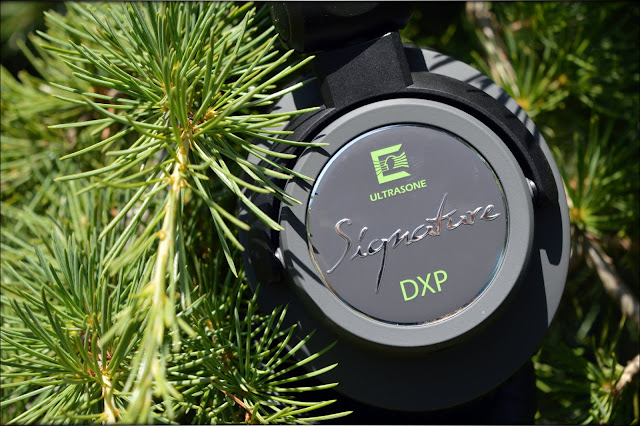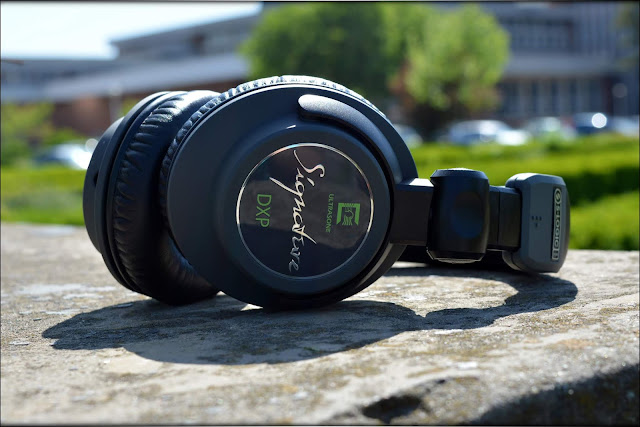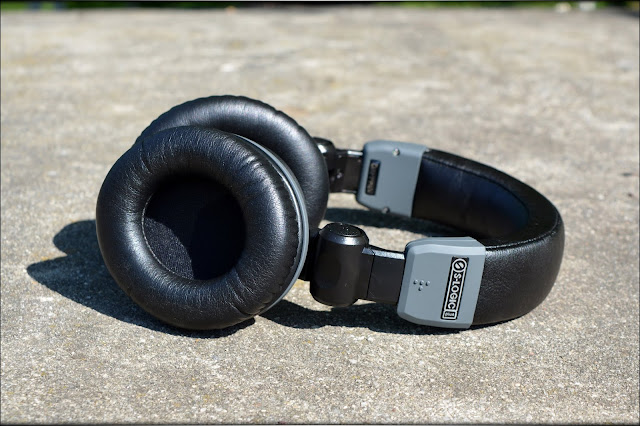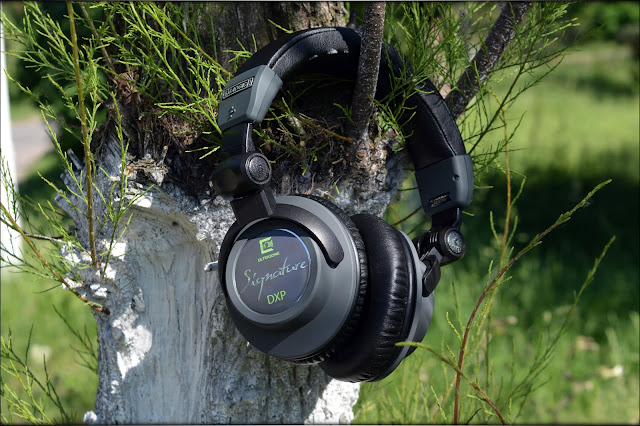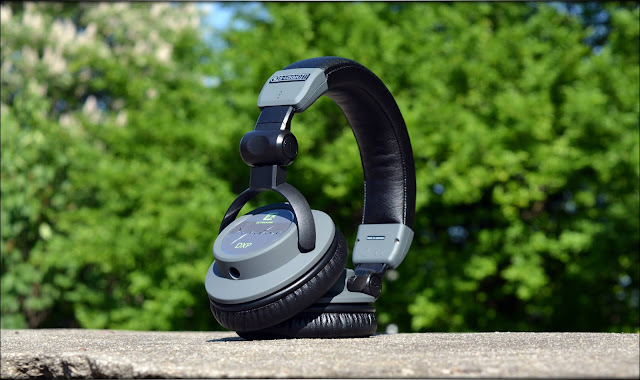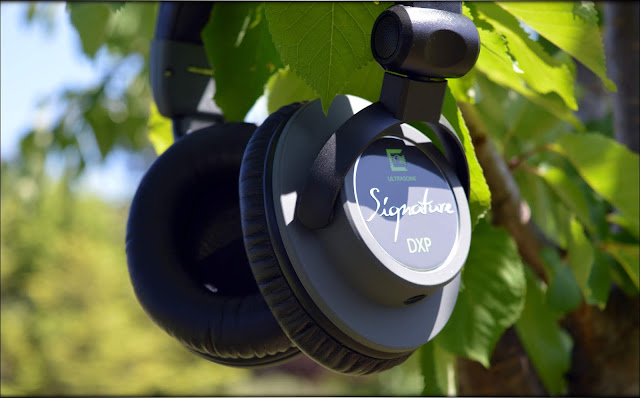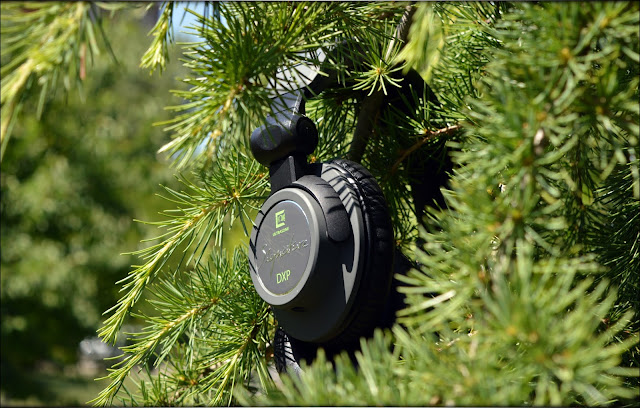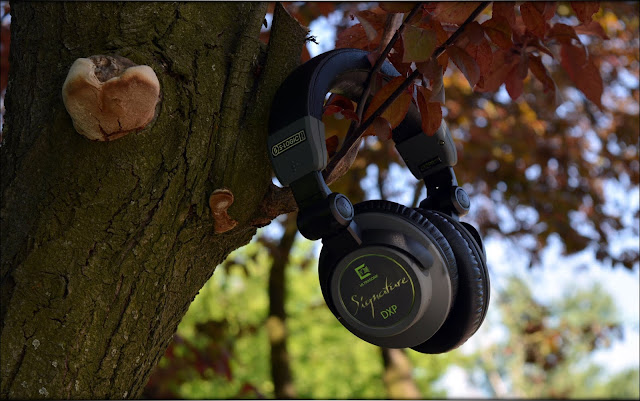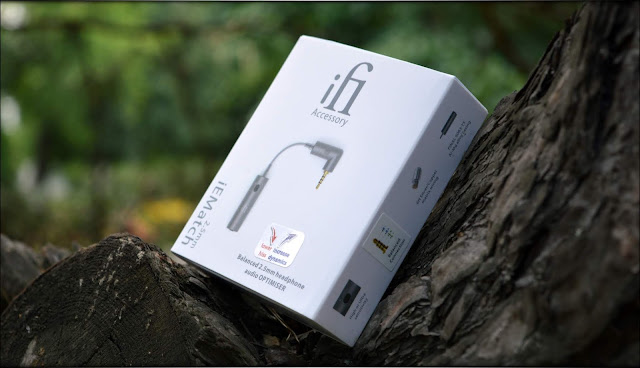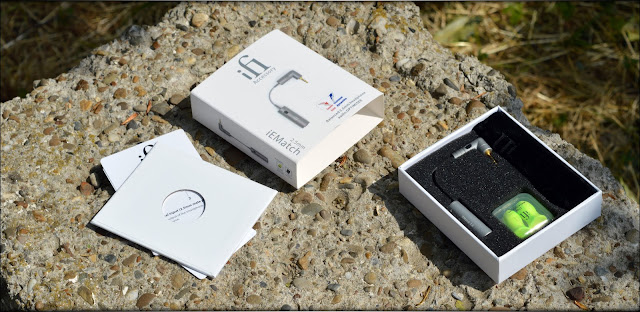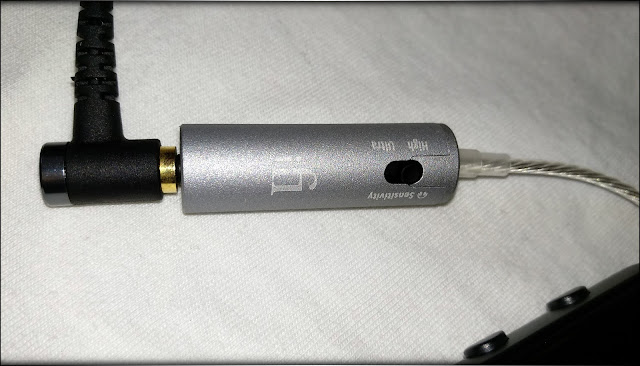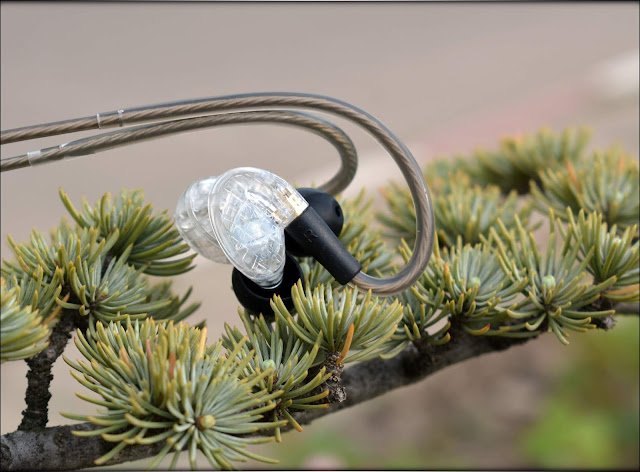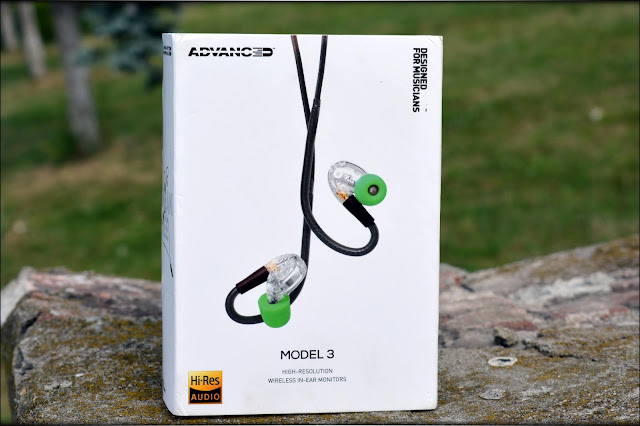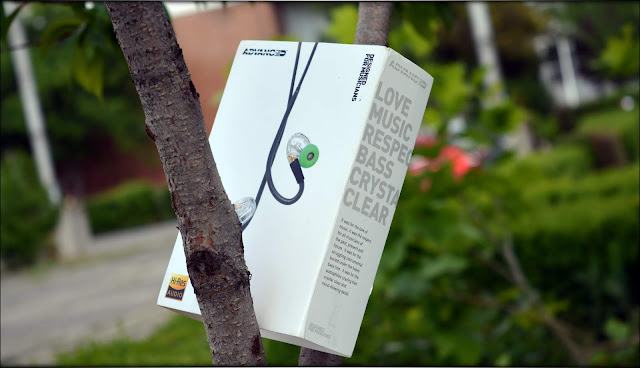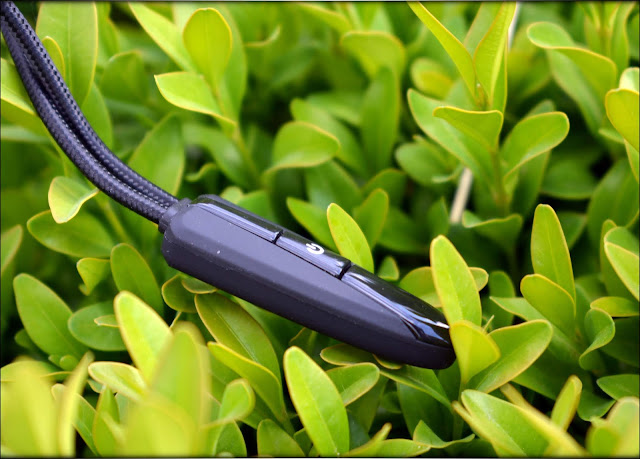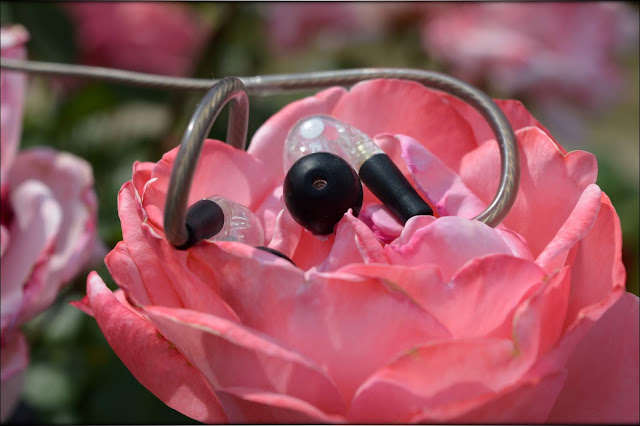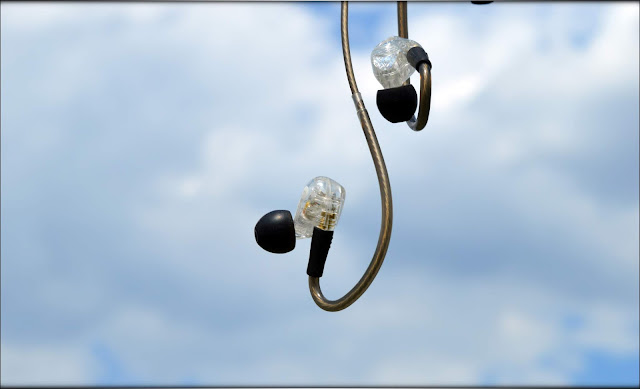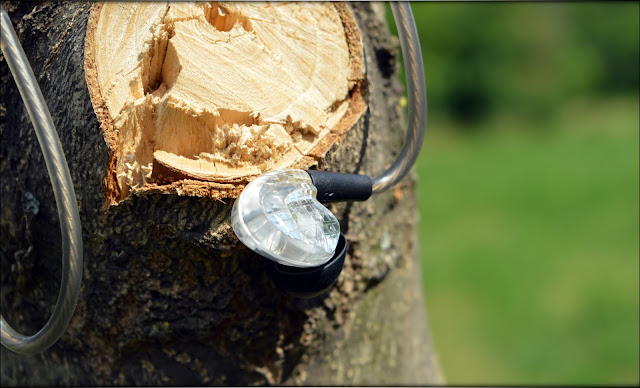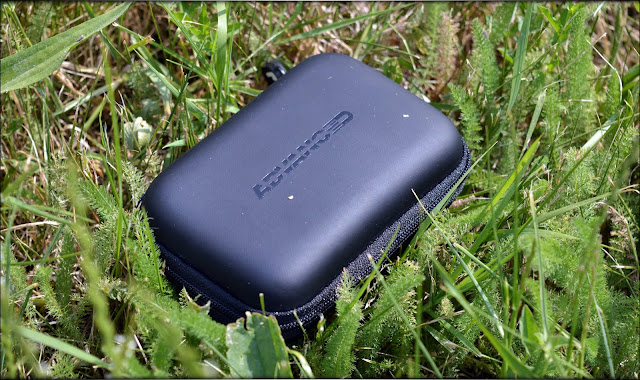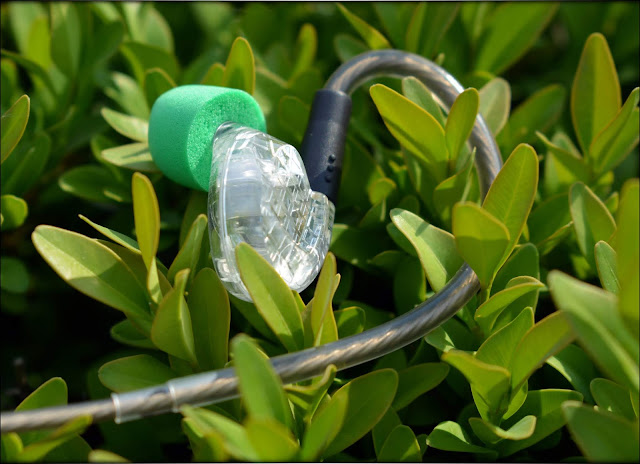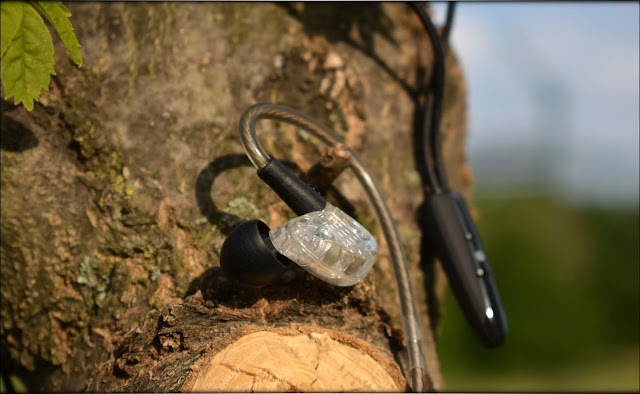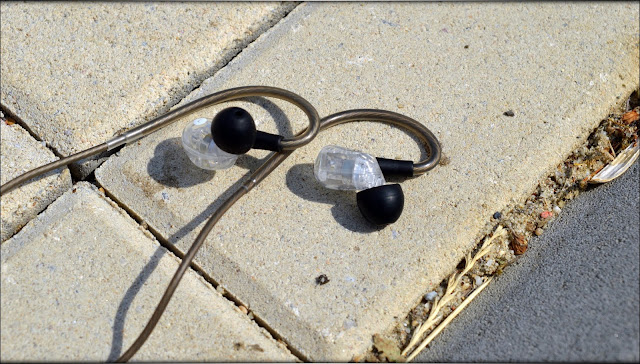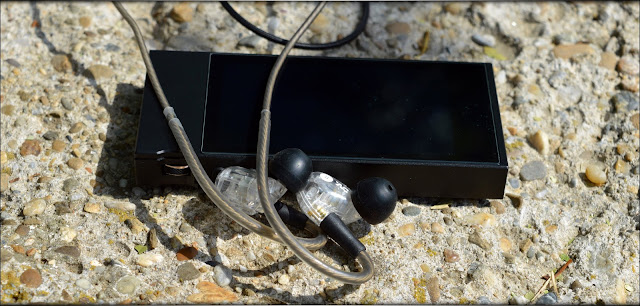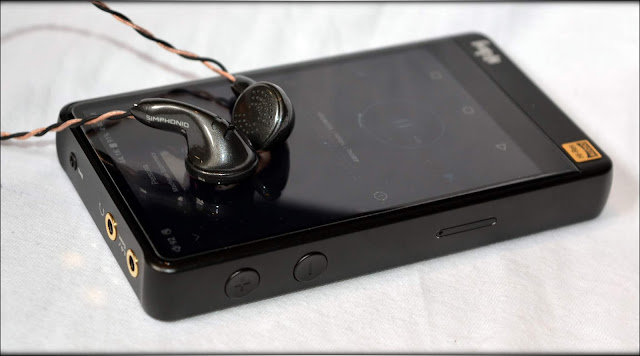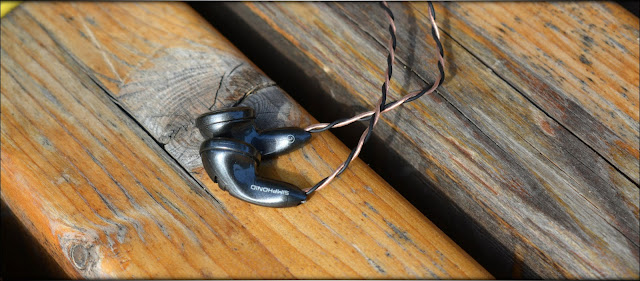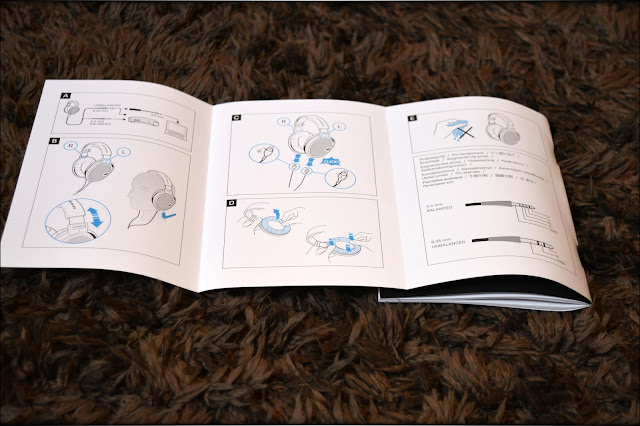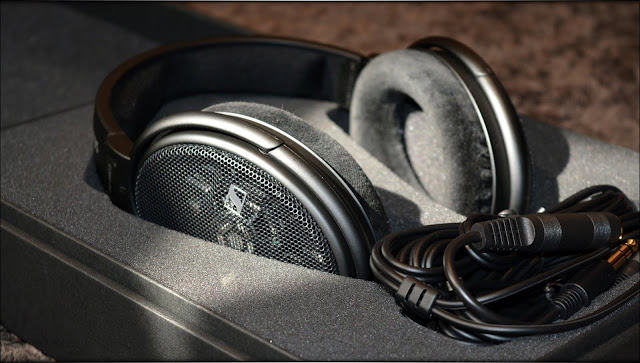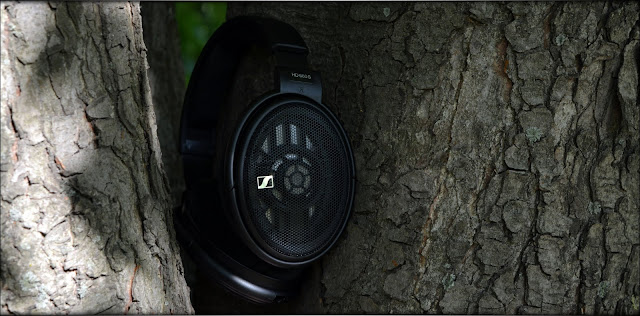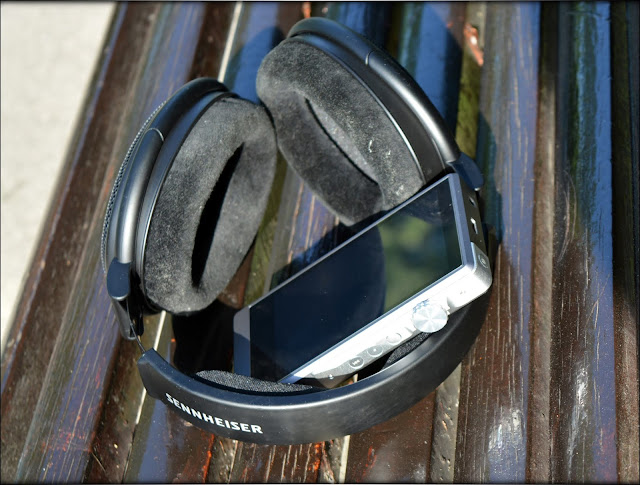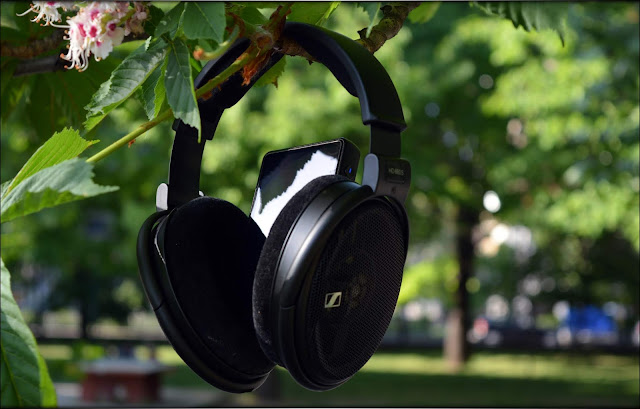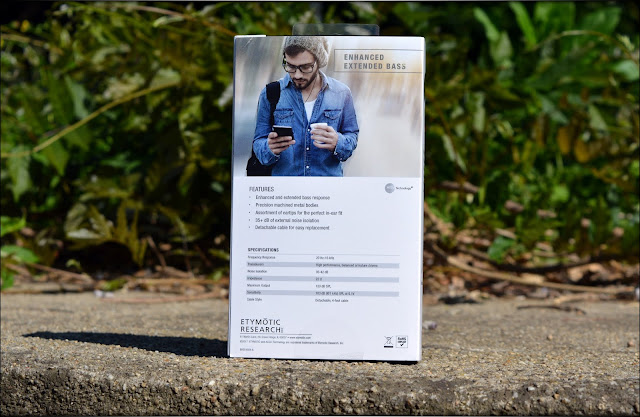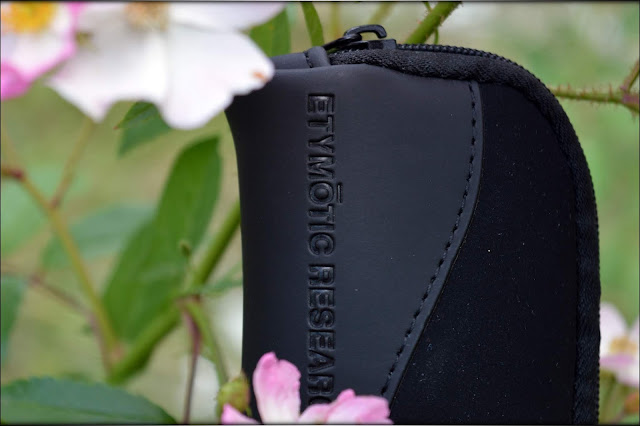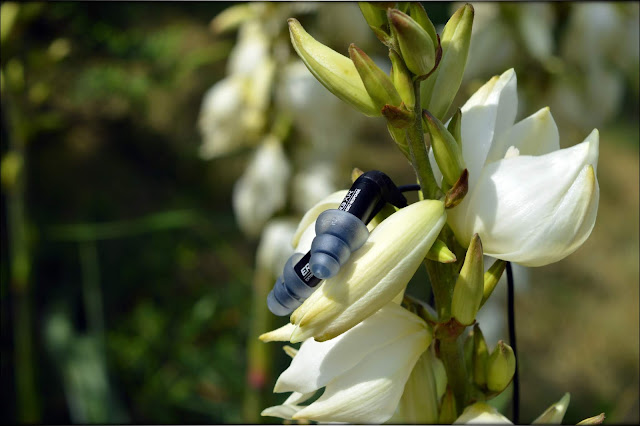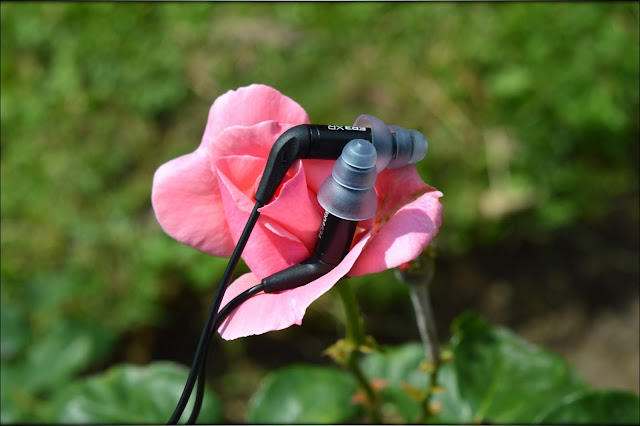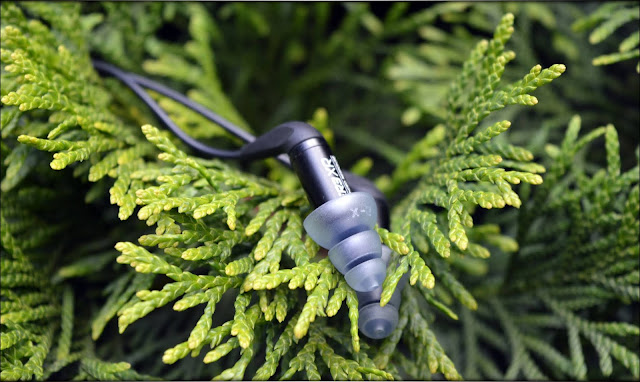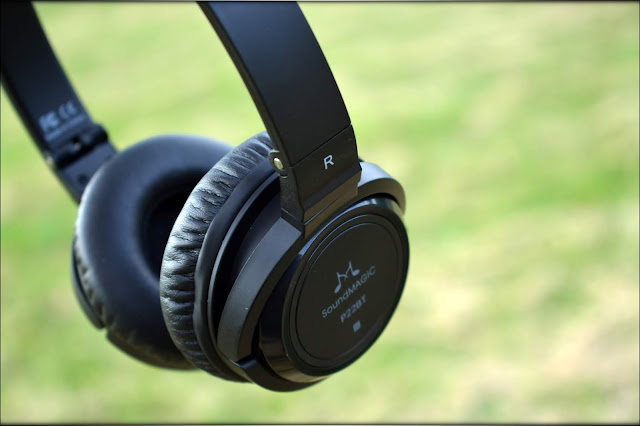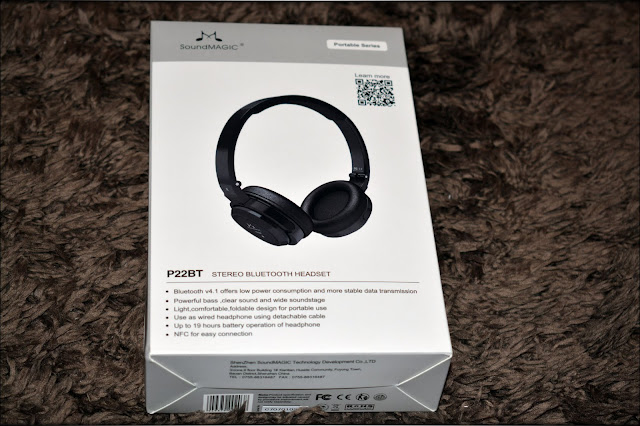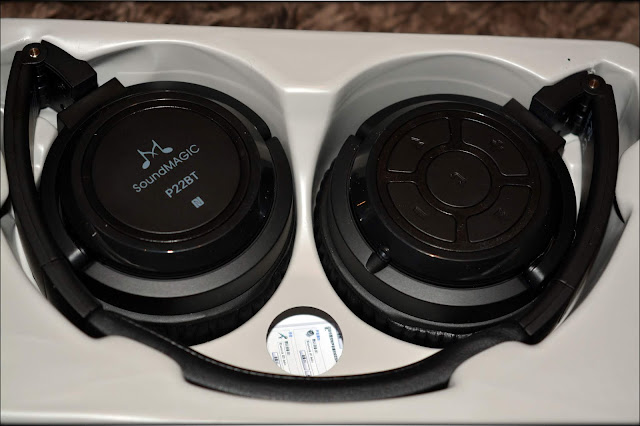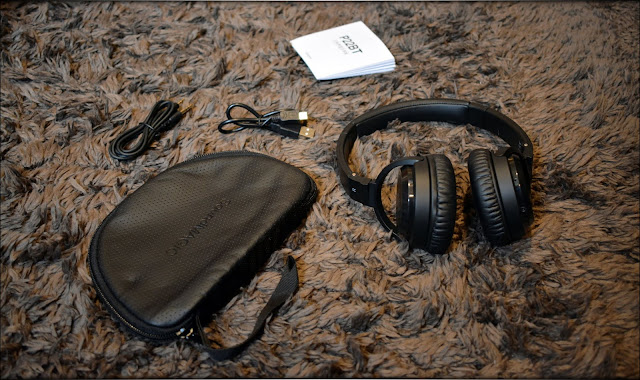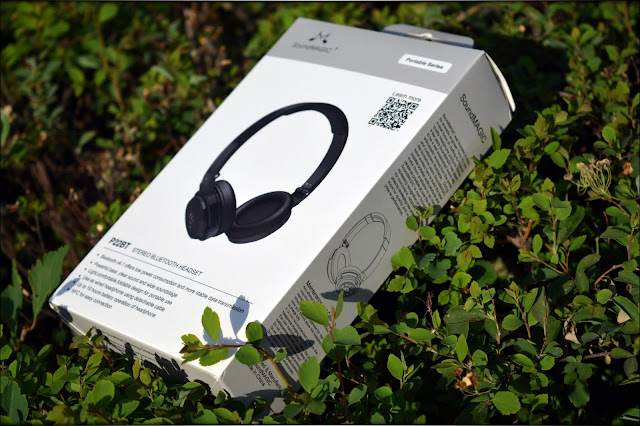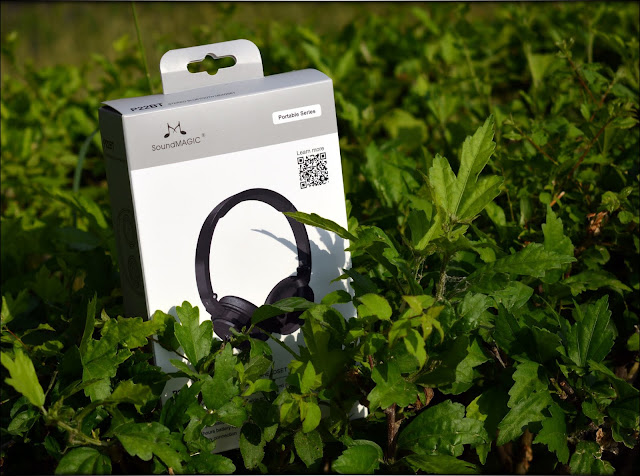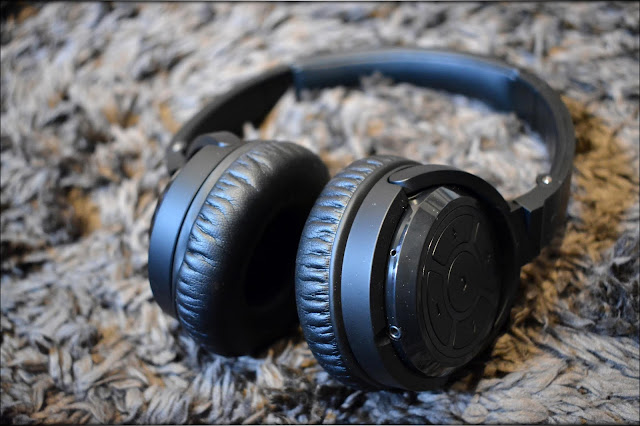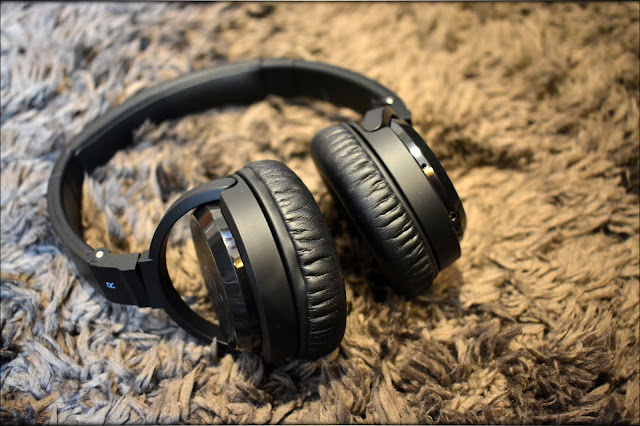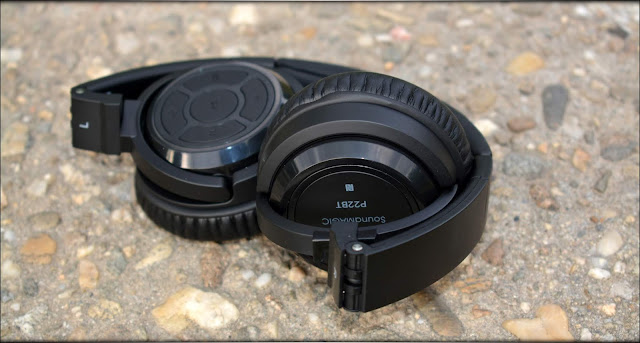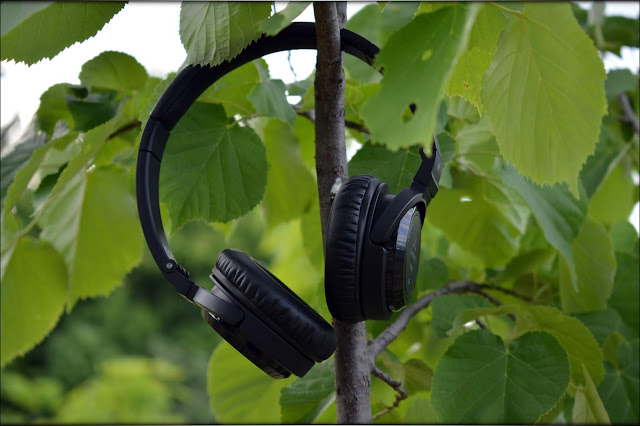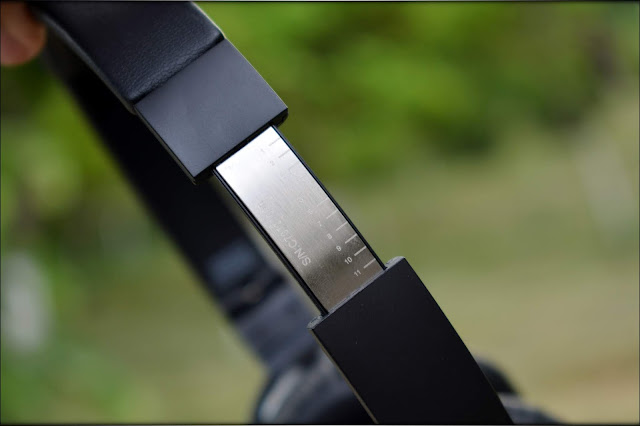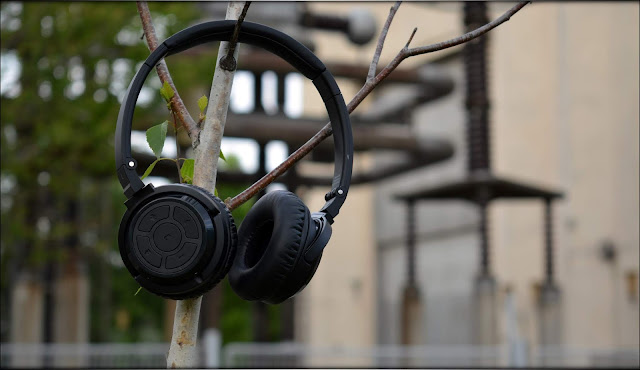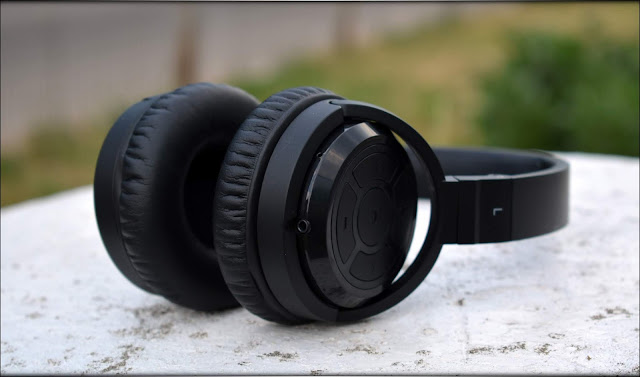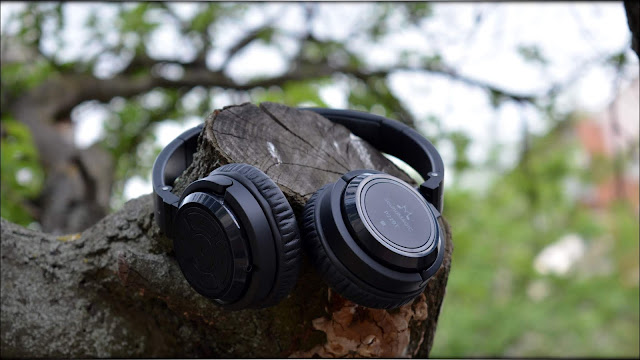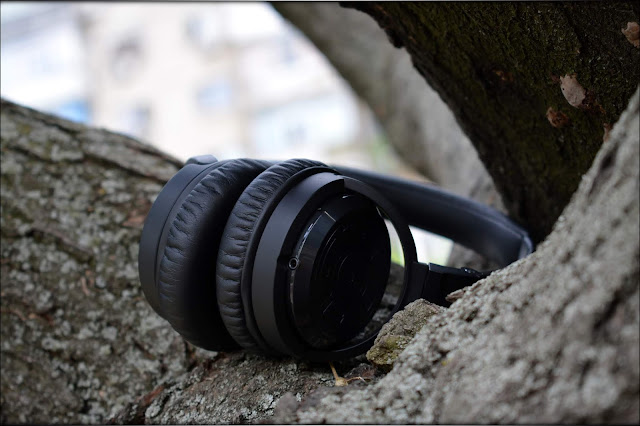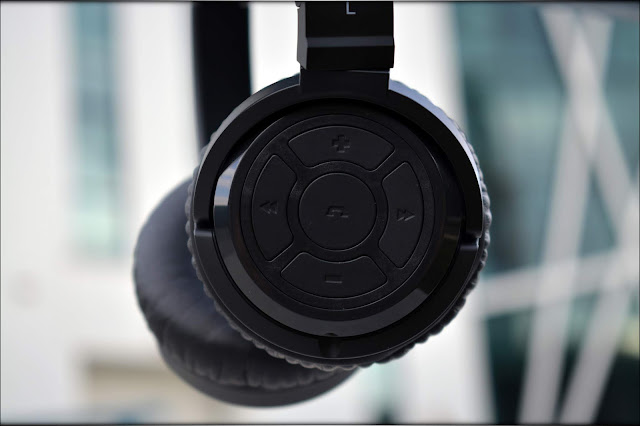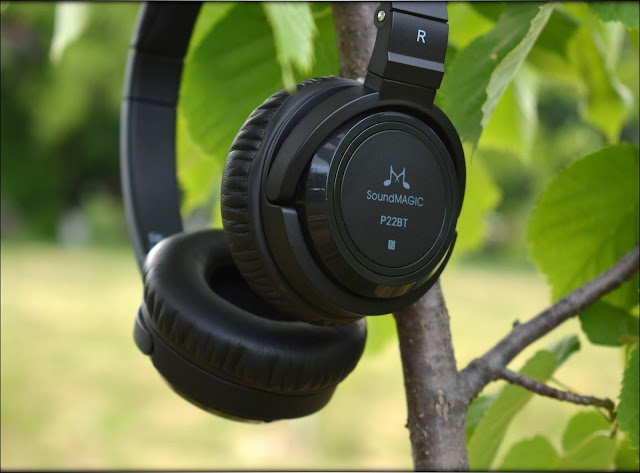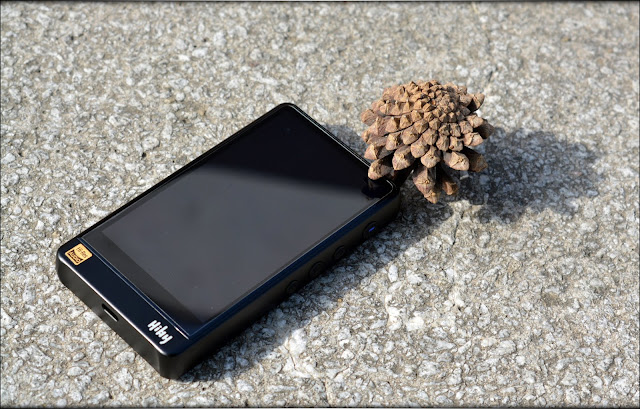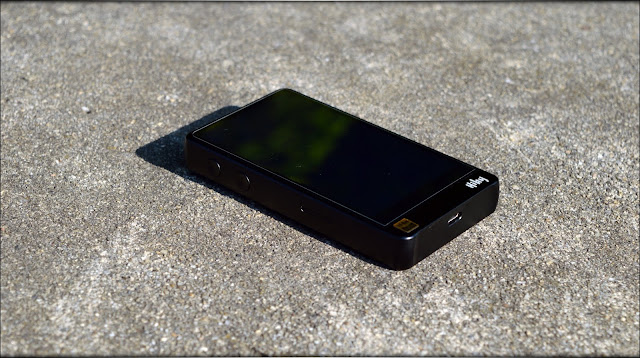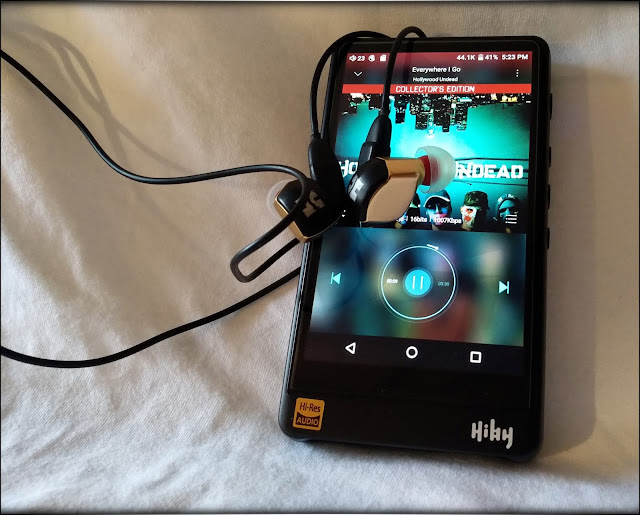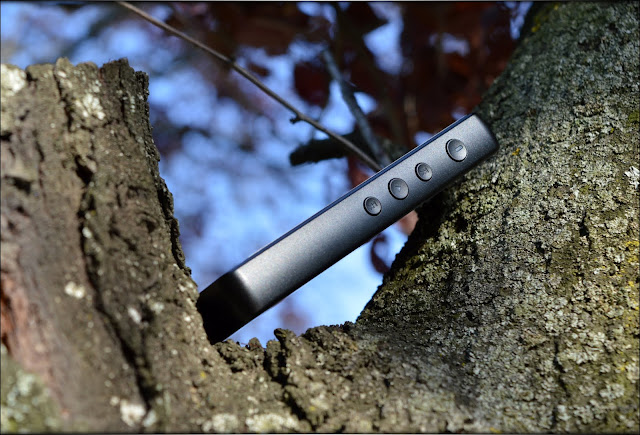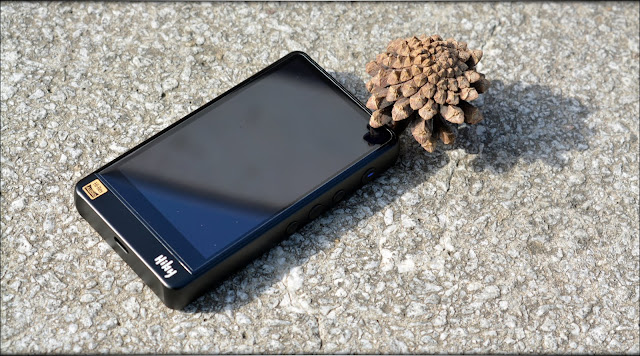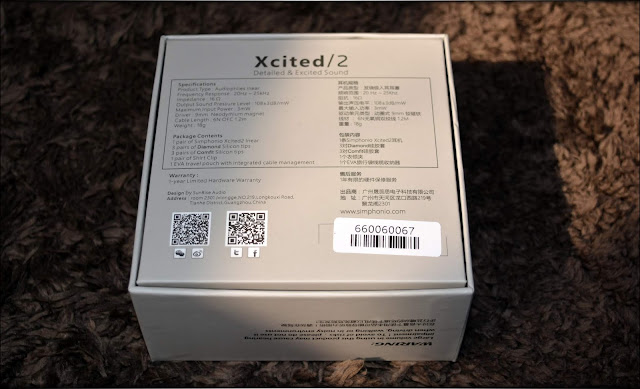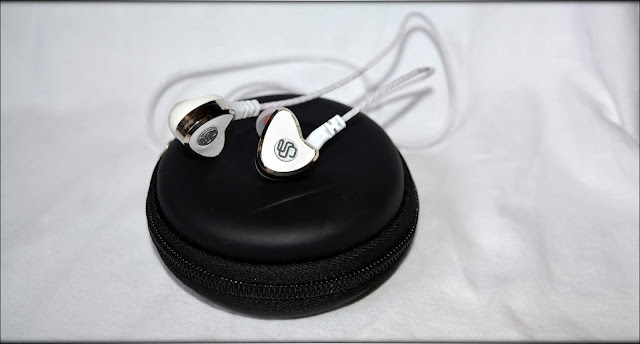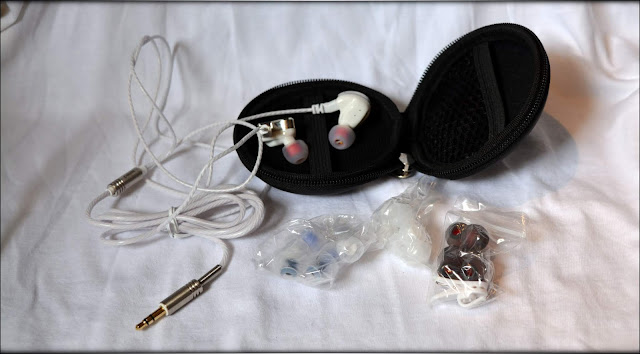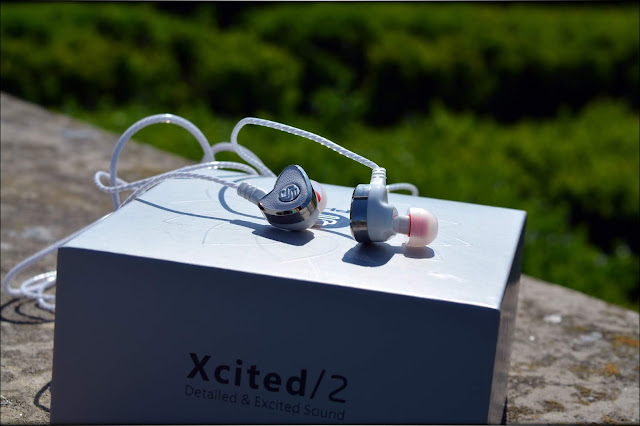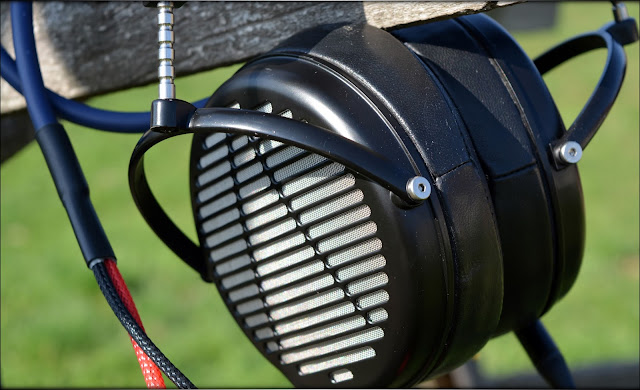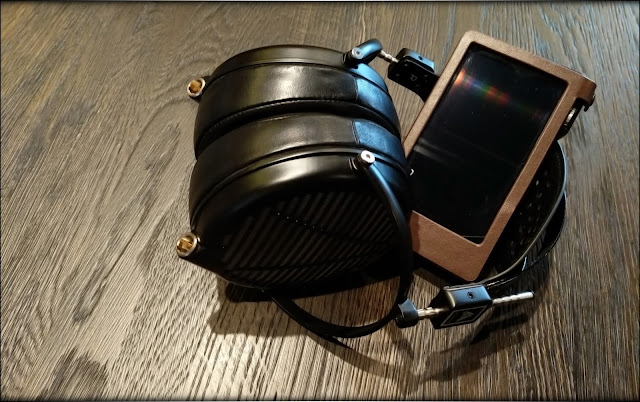KZ ZS 10 - Small Package, Big Sound
KZ ZS10 is quite an intriguing IEM we are going to be looking into, being one of the least expensive IEMs with 5 Drivers for each ear. We're going to stack it against similarly priced IEMs, as well as more expensive ones to see where it stands, and we're going to see if the hype about them is real or not.

---
Purchase Link (Linsoul Audio): https://www.linsoul.com/product-pag...ar-monitors-high-resolution-earphones-earbuds
Purchase Link (Amazon)
Purchase Link: (AliExpress)
---
Introduction
KZ is a company from China famous for having designs for their IEMs quite similar to other models. KZ ZS10 is actually quite unique in its design, they have a design where the crossover circuit is shown on the face plate, and most important, they have 5 drivers for each ear. This is the highest number of drivers per ear for any IEM we reviewed so far, as well as absolutely the highest number of drivers per ear at this price point. We don't know much about KZ, as we haven't spoken with them directly, but we can ensure you that their seller, Linsoul Audio, is quite trustworthy, and that they will offer their best help with warranty and such.
It should be noted that I have absolutely no affiliation with KZ or Linsoul, I am not receiving any incentive for this review or to sweeten things out. This review is not sponsored nor has been paid for by KZ, Linsoul, or anyone else. I'd like to thank Linsoul Audio for providing the sample for this review. The sample was provided along with Linsoul's request for an honest and unbiased review. This review will be as objective as it is humanly possible, and it reflects my personal experience with KZ ZS10. Every opinion expressed is mine and I stand by it, the purpose of this review is to help those interested in KZ ZS10 find their next music companion.
About me
https://audiophile-heaven.blogspot.ro/p/about.html
Packaging
First things first, let's get the packaging out of the way:




KZ really didn't try to impress their customers, or at least not by having a large or imposing package. Quite the contrary, KZ ZS10 has the smallest package from all IEMs we reviewed to date, they come in something smaller than the typical long-matchbox case. On the other hand, this means that they were quite efficient with their space and storage, so you may have an easy time with the customs process, since it really doesn't look big.
The IEMs themselves come detached from the cable, seated in a plastic cutout, with the cables and two pairs of spare tips hidden beneath. There is a warranty card, and there is a user guide, but there's not much else in the package, so no carrying case or adapters. In all fairness, this is already a IEM with 10 Drivers in total for 50 USD, so we can't really complain about the box contents, but you should know that you'll be expecting a really tiny package with KZ ZS10.
Other than that, the overall package has a nice font to it, and the company seems to have put a good amount of care to details, they aren't made on the cheap, but the package not feeling or looking cheap, just small in size.
What to look in when purchasing an entry-level In-Ear Monitor
https://audiophile-heaven.blogspot.ro/p/what-to-lookl.html
Technical Specifications
Connectivity : Wired
Application: Apple iOS and Android
Driver: 1pcs dynamic driver + 4pcs balanced armature
Sensitivity: 104dB/mW
DC resistance: 32ohms
Frequency range: 7Hz-40000Hz
Microphone: Optional
Audio Jack: 3.5mm
Cable length: about 3.9 foot
Color: black/red/blue
Build Quality/Aesthetics/Fit/Comfort
The entire IEM body is made of plastic, transparent plastic. On the outside, you can see the crossover, which has a set of resistors, along with other electronic components on the show. You can also take a peek inside KZ ZS10 and see the large dynamic driver sinide, and very close to the bore, you can see all 4 BA drivers, which are really really small. All drivers are connected to the crossover, and, as we'll see in the Sound Quality section, you can tell that they didn't skimp on the number of drivers.




The aesthetics are pretty cool, the IEMs are smooth, glossy, they don't have hard edges, and they look pretty trendy, if you're a little of an electronics lover. Even if you aren't they will fit well with both the the music lover looking for a cute yet with a twist look, as well for the more niche-loving fan who is looking for a IEM with more personality.
In all honesty, we like how they look, they are pretty cool in the long run.
Now, when it comes to their fit and comfort, those are made to be worn over-the-ear, and we doubt anyone will be likely to wear them otherwise. They are on the large to very large side, but the comfort is quite good actually. The bore is lipless, but it is long enough so the IEMs can reach a medium insertion. There are two vents on the inner part of the IEM, so driver flex isn't really an issue for KZ ZS10. The cable has a remote, which we can confirm works very well with Samsung Tab 10.1 580/T585.
The cable doesn't have microphonic noise for the most part, but this is to be expected from an over-the-ear cable. The part that goes around the ear, is quite hard. This means that it will need to be adapted every time you place them on. The cable itself is just a little springy, but it isn't hard nor tangle-prone. The cable is braided and has a reddish - rusty color, which in practice is beautiful and very attractive.
The cable connectors are 2-pin, which is lovely, they fit right into place, they were thought well, and the cables have a specific shape to the connectors, but this also means that the cable will most probably need to be adapted for them and we can't say for sure which 2-Pin cables will work with them, though we don't really recommend purchasing aftermarket cables for a 50 USD IEM anyways.
All in all, the whole IEM feels well made, feels sleek, they feel like you invested your money well, everything fits well into place, there are no irregular edges, or parts that don't combine. For a IEM at this price, we are in love with the build quality and the aesthetics, although the fit won't work well for those with really small ears, as the IEM shells themselves are on the larger side.
Sound Quality
Here is where the "Big Sound" part of the title comes into play.

Basically, KZ ZS10 is one heck of a large sounding IEM. There's much more to it though, it seems that the drivers themselves are tuned in such a way that certain drivers reproduce certain frequencies, but they are tuned a little differential, so basically, the upper treble is enhanced, along with the bass and the sub-bass, so you get what would otherwise be a typical U-shaped sound, but there's a trick to it. The midrange also has a higher region, which brings female vocals forward, especially those in J-Pop and J-rock, making female vocals sound especially sweet. The bump in the upper midrange, besides the sub-bass and the treble, will make certain instruments and vocals a little too forward in that area, while for other types of music, like EDM, it will just make everything too amazing to believe it can be done by such an inexpensive IEM.
The bass is large, it hits deep, and it goes low. The whole bass feels enhanced, so the overall sound can be a tad bassy, but this is for the good, as it makes good balance with their sparkly treble. The bass resolution is okay, but nowhere near the resolution of the midrange.
The resolution of the midrange is more than impressive, it is outstanding. The large number of BA drivers are a big help in giving the midrange a much better resolution than most IEMs in this price range have. Here, though, KZ made a choice, which for some will be a gift from heaven, while for other may be a nuisance. The upper midrange is a little enhanced compared to the rest of the midrange, so vocals can sound a little off, the types of music KZ ZS10 works best with being instrumentals, EDM, Dubstep, Electronic, Rock, Pop, Metal, J-Pop, J-Rock, but not Classical, Jazz, or Vocal Centric music. With Pop, this little peak in the upper midrange doesn't come as bad at all, giving music a slightly sparkly and fun presentation, but for something like Jill Tracy, it can be a little too much. The resolution, which is mainly tied to their ability to reveal textures, is outstanding for this price point. KZ ZS10 surely can take on bigger IEMs, priced higher in this aspect.

The treble initially lowers off from that upper midrange bump, to a lowered state, then it gets up in the upper treble, where it gives music a certain air and nice spatial presentation. The sound can be a bit technical and a bit metallic with certain music though, the main thing to blame there being the upper midrange peak rather than the treble, which is done quite well. The texture of the treble is fair, not too smooth, nor too harsh, but its resolution, like the bass, is almost as good as that of the midrange, which has a very impressive resolution.
The overall sound is on the bright / sparkly side, those are not smooth or relaxing IEMs, and we doubt anyone will be able to fall asleep while listening to them, on the contrast, being IEMs that are engaging and impressive, sparkly and explosive.
We would absolutely recommend KZ ZS10 for Pop and EDM, Electronic, Dubstep, and electroni - instrumental music in general.
They work fairly well with rock, metal and more aggressive music, like Punk.
We don't recommend them with Classical, Jazz, and Vocal-Centric music.
Soundstage
Now, here's an advantage to having so many drivers, the soundstage can be really huge. Now, this seems to depend a little on the music piece as well, so the soundstage is achieved by having the treble BA driver do some extra effort with the airy part of the sound, but in all fairness it works really well. Especially with Electronic music, you can hear that holographic presentation for special effects and such.
The instrument separation is also quite good, which isn't quite that amazing, considering their 5-driver setup. We even managed to hear certain details that aren't audible with IEMs at 100 USD or even 200 USD, due to this great instrument separation.
In all fairness, they do well in all aspects of soundstage and instrument separation, without any visible issue there. Especially for 50 USD, if soundstage is a central element for you in picking a IEM, those are a steal.
The soundstage works better for Electronic music and electronic special effects than for orchestral instruments, the reason behind this being the midrange peak, which gives spatiality to most Electronic Music effects, but which can make guitars and violins sound louder and closer to the listener, resulting in a more intimate experience with certain instruments, this also being dependent on how the album was mastered, most electronic music sounding holographic and dynamic, explosive, and well separated.
ADSR / PRaT
The ADSR and PRaT (Texturization) is quite varied. The drivers clearly don't have the same impulse response and the same speed, thing which is quite easy to tell even by an untrained listener. The bass is quite slow, to very slow. This is not something bad, as it makes it a bit larger, and a bit more natural, it is punchy, but this slowness means that it may be a bit too slow with music that has a lot of sub-bass. Works really well with most electronic music though, like Infected Mushroom, Datsik, or Hardwell.
The midrange is really quick, and by contrast, really revealing. Where the bass is there for impact, the midrange is there for textures, and it can resolve textures very well, being quite good at revealing how micro-textures in guitars sound like within rock and metal, or at revealing electronic textures in electronic music.
Many reviewers have noted their sound to be a bit lacking in coherency, and this is what they have been talking about, the drivers are not exactly in perfect sync in speed or in their revealing abilities. A better crossover section, or better Knowles drivers would have helped with this, but those would have also added to the price exponentially, so this is a price one has to pay for a IEM at 50 USD with 5 Drivers per ear.
Portable Usage
The portable usage is fairly good. The IEM bodies are comfortable, they don't tend to lose fit after a while, and the cable is not very microphonic. As a bonus, KZ ZS10 is very good at isolating you from the outside noise.

They can even manage to seal you away entirely, and you can blast some death metal in a library, if you desire to, as they leak very very little to the outside.
The cable has good walking ergonomics, but if you'd want to run with them, you should consider the fact that they are quite large, and the weight of the IEMs themselves might be a problem by then. You can walk at a quick peace without them falling out though, we tested this, and they were quite good.
Now, KZ ZS10 is fairly sensitive to its source, being better off with smoother sources, like Shanling M2s than something more energetic like HIFIMAN MEGAMINI. They are also a bit sensitive to hiss, so something very hissy may make itself heard while music isn't playing, but like we always mention, hiss is really not an issue in practice as almost everyone in this world listens loud enough for hiss to not be audible while listening to music. This being said, if you have a hissy source, you will hear that when music is not playing, with KZ ZS10.
Comparisons
We'll focus on the sonic part of the comparisons since most people are probably curious about that when it comes to something like KZ ZS10, which is made well, but which has a colored and probably curious signature.

KZ ZS10 vs Kinera SEED - The biggest difference in build quality is at the cable connector, where Kinera SEED had a generic cable, not necessarily made for them, where KZ ZS10 are clearly tailored with their cable in mind. Both IEMs could have done as well without detachable cables since at their price points, most users will upgrade the IEM before the cable. When it comes to their comfort, they are similar through and through, KZ ZS10 being a tad larger, but both fit well in our tests. When it comes to their sound, Kinera SEED is more of a classical V-shaped IEM, without much other coloration going on for it, while KZ ZS10 also has that upper midrange bump which gives it a more specific sound. The resolution is not really comparable, KZ ZS10 resolves more textures considerably, and has a better overall detail, but Kinera SEED is the more natural experience, especially with voices. If you're looking for something really impressive, fun, twisted, colored, and if you listen to a lot of EDM, we'd recommend KZ ZS10, while if you want the vocals to be more natural, at the price of some detail, we'd recommend going with Kinera SEED.
KZ ZS10 vs Shozy HIBIKI MK1 - Shozy HIBIKI went for detachable cables, but this doesn't mean they are any less impressive in their build quality, being a top-notch IEM through and through. The comfort is similar between the two, neither IEM doesn't have Driver Flex, and both have a good cable included in the package. The sound is quite different, with Shozy HIBIKI MK1 being more mid-centric than KZ ZS10, so they have a more intimate listening experience, although in all fairness, they don't sound constrained. The bass definition is better on Shozy HIBIKI, but the midrange definition and resolution is better on KZ ZS10. The treble is on the smoother and calmer, more natural side on HIBIKI, when compared to KZ ZS10 which is quite sparkly and treble-happy. IF you're looking for a more mid-centric experience, especially for vocal-centric music, HIBIKI makes a very compelling purchase, while if you're looking for a more colored, explosive and fun experience, KZ ZS10 is winking at you already.
KZ ZS10 vs Westone UM1 - Westone UM1 is priced quite a bit higher, but KZ ZS10 can still fight for sure. The build quality is great on both, but UM1 is much smaller, so its comfort will be better for those with small ears. The fit is deeper on UM1, so they make better running IEMs, but both UM1 and KZ ZS10 have great noise isolation, so you don't have to worry about your music leaking out or taking in noise with either. The signature is quite different between the two, UM1 being quite a thick-sounding IEM, with a clear love for bass, while sacrificing some extension on the treble, and some sparkle for that thick, impactful bass. KZ ZS10 has quite a bit better resolution in the midrange, and they also have a much better treble extension, but ironically, although KZ ZS10 employs a dynamic driver, which is supposed to be better in the bass, UM1 actually has a better bass performance, with a cleaner, deeper bass with better resolution. If you're looking for a smooth and bassy IEM, which is relaxing, then UM1 is a great choice, while if you're looking for something with more resolution, with a more colored sound, and with more sparkle, along with a more engaging sound, KZ ZS10 surely makes an interesting choice.
Recommended Pairings
KZ ZS10 is one of those IEMs that really relies on pairing it with a good source to sound good. They can easily become a bit too much or a bit too little with the wrong source, and they are a little sensitive to hiss, so if you know you have a smoother-sounding source, you will be fine, but if your source is more energetic, more dynamic and quicker, then it may be a bit too much with their signature. This being said, KZ ZS10 works quite well with most smartphones, so you don't really have to worry about a source if you don't have one already.

KZ ZS10 + Shanling M2s - M2s is a great source for KZ ZS10 being smoother in the treble, with a warmer sound, and less explosive, along with being smoother in the textures, providing a great chill pill to KZ ZS10, making them more natural and an easier listen, if you felt they were a bit too energetic before.
KZ ZS10 + Cayin N5ii - Cayin N5ii is a more neutral source than M2s, but still a little warm. KZ ZS10 will not be quite as calm with N5ii, but maybe this wasn't what you were looking for, and instead, you were trying to get an even more vibrant and energetic sound out of them, thing which works well with N5ii, as the pairing sounds pretty energetic, vibrant, sparkly and explosive.
KZ ZS10 + Hidizs AP200 - This one is a great match for KZ ZS10, as it sounds quite energetic and dynamics, all while toning down on the treble of KZ ZS10, which are a bit treble happy, and while making them sing with better naturalness. AP200 also makes them a tad thicker, so you will notice the sound being a bit more even in the midrange as well, quite good for a pairing if you're on a budget.
Value and Conclusion
We need to start by noticing that KZ ZS10 runs for about 50 USD, which is quite an inexpensive IEM even by Chi-Fi standards. This is especially impressive since they have those 5-drivers per ear configuration which surely seems attractive, especially if you're at the beginning of your journey and if you're looking for something with a funky setup.

The package is very small, but practical, you get all you need to enjoy them, but not really something to carry them in. The tips and cable included with KZ ZS10 don't really call for being changed after you just got them, so they're fine.
The build quality, on the other hand, is something else entirely, they are made really well, with good attention to detail. While their looks will be a subjective thing, they are not one bit ugly. They also look like they can take a beating and come back for more. The comfort is okay, but you need to consider the fact that the IEM shells are quite large, so for anyone who's looking for a smaller IEM or anyone who has smaller ears, it may not fit exactly as you expect.
The sonic performance is most impressive, KZ ZS10 being quite colored, but fun, explosive, engaging. They will really work well with anything electronic, and pop, and they will surely work with Metal and Rock music, but we don't really recommend them with anything that's classical, or Voice-Centric, as they have a little upper midrange hump which changes the way they render voices. Even so, the textures, especially in the midrange are quite impressive, especially for 50 USD, they really are a steal, if you want to experience what an interesting Chi-Fi IEM sounds like, but if you're looking for a very natural sound, there are other options, which while not quite as textures, will be far more natural, especially in the midrange. We'd consider KZ ZS10 to be a real treat if you're looking for something sparkly, punchy, fun, interesting, and engaging, but not a good option if you want something relaxing, natural or smooth.

All in all, we consider that they are a great IEM for 50 USD, and in terms of resolution and clarity, it is hard to find something quite as good, but you should keep in mind their little downside, that the coloration will work well with electronic, but not quite as well with other types of music. If you're looking for a great place to get KZ ZS10, then Linsoul Audio is a great little shop, with helpful people ready to serve you, and we're fairly sure they will also help you with warranty claims if any are to arise. They have a great selection of products, including KZ, MAGOSI, LZ, Shozy and TRN.
---
Purchase Link (Linsoul Audio): https://www.linsoul.com/product-pag...ar-monitors-high-resolution-earphones-earbuds
Purchase Link (Amazon)
Purchase Link: (AliExpress)
---
I hope my review is helpful to you!
Stay safe and remember to always have fun while listening to music!
Contact us!
(Click Buttons)




---
KZ ZS10 is quite an intriguing IEM we are going to be looking into, being one of the least expensive IEMs with 5 Drivers for each ear. We're going to stack it against similarly priced IEMs, as well as more expensive ones to see where it stands, and we're going to see if the hype about them is real or not.

---
Purchase Link (Linsoul Audio): https://www.linsoul.com/product-pag...ar-monitors-high-resolution-earphones-earbuds
Purchase Link (Amazon)
Purchase Link: (AliExpress)
---
Introduction
KZ is a company from China famous for having designs for their IEMs quite similar to other models. KZ ZS10 is actually quite unique in its design, they have a design where the crossover circuit is shown on the face plate, and most important, they have 5 drivers for each ear. This is the highest number of drivers per ear for any IEM we reviewed so far, as well as absolutely the highest number of drivers per ear at this price point. We don't know much about KZ, as we haven't spoken with them directly, but we can ensure you that their seller, Linsoul Audio, is quite trustworthy, and that they will offer their best help with warranty and such.
It should be noted that I have absolutely no affiliation with KZ or Linsoul, I am not receiving any incentive for this review or to sweeten things out. This review is not sponsored nor has been paid for by KZ, Linsoul, or anyone else. I'd like to thank Linsoul Audio for providing the sample for this review. The sample was provided along with Linsoul's request for an honest and unbiased review. This review will be as objective as it is humanly possible, and it reflects my personal experience with KZ ZS10. Every opinion expressed is mine and I stand by it, the purpose of this review is to help those interested in KZ ZS10 find their next music companion.
About me
https://audiophile-heaven.blogspot.ro/p/about.html
Packaging
First things first, let's get the packaging out of the way:




KZ really didn't try to impress their customers, or at least not by having a large or imposing package. Quite the contrary, KZ ZS10 has the smallest package from all IEMs we reviewed to date, they come in something smaller than the typical long-matchbox case. On the other hand, this means that they were quite efficient with their space and storage, so you may have an easy time with the customs process, since it really doesn't look big.
The IEMs themselves come detached from the cable, seated in a plastic cutout, with the cables and two pairs of spare tips hidden beneath. There is a warranty card, and there is a user guide, but there's not much else in the package, so no carrying case or adapters. In all fairness, this is already a IEM with 10 Drivers in total for 50 USD, so we can't really complain about the box contents, but you should know that you'll be expecting a really tiny package with KZ ZS10.
Other than that, the overall package has a nice font to it, and the company seems to have put a good amount of care to details, they aren't made on the cheap, but the package not feeling or looking cheap, just small in size.
What to look in when purchasing an entry-level In-Ear Monitor
https://audiophile-heaven.blogspot.ro/p/what-to-lookl.html
Technical Specifications
Connectivity : Wired
Application: Apple iOS and Android
Driver: 1pcs dynamic driver + 4pcs balanced armature
Sensitivity: 104dB/mW
DC resistance: 32ohms
Frequency range: 7Hz-40000Hz
Microphone: Optional
Audio Jack: 3.5mm
Cable length: about 3.9 foot
Color: black/red/blue
Build Quality/Aesthetics/Fit/Comfort
The entire IEM body is made of plastic, transparent plastic. On the outside, you can see the crossover, which has a set of resistors, along with other electronic components on the show. You can also take a peek inside KZ ZS10 and see the large dynamic driver sinide, and very close to the bore, you can see all 4 BA drivers, which are really really small. All drivers are connected to the crossover, and, as we'll see in the Sound Quality section, you can tell that they didn't skimp on the number of drivers.




The aesthetics are pretty cool, the IEMs are smooth, glossy, they don't have hard edges, and they look pretty trendy, if you're a little of an electronics lover. Even if you aren't they will fit well with both the the music lover looking for a cute yet with a twist look, as well for the more niche-loving fan who is looking for a IEM with more personality.
In all honesty, we like how they look, they are pretty cool in the long run.
Now, when it comes to their fit and comfort, those are made to be worn over-the-ear, and we doubt anyone will be likely to wear them otherwise. They are on the large to very large side, but the comfort is quite good actually. The bore is lipless, but it is long enough so the IEMs can reach a medium insertion. There are two vents on the inner part of the IEM, so driver flex isn't really an issue for KZ ZS10. The cable has a remote, which we can confirm works very well with Samsung Tab 10.1 580/T585.
The cable doesn't have microphonic noise for the most part, but this is to be expected from an over-the-ear cable. The part that goes around the ear, is quite hard. This means that it will need to be adapted every time you place them on. The cable itself is just a little springy, but it isn't hard nor tangle-prone. The cable is braided and has a reddish - rusty color, which in practice is beautiful and very attractive.
The cable connectors are 2-pin, which is lovely, they fit right into place, they were thought well, and the cables have a specific shape to the connectors, but this also means that the cable will most probably need to be adapted for them and we can't say for sure which 2-Pin cables will work with them, though we don't really recommend purchasing aftermarket cables for a 50 USD IEM anyways.
All in all, the whole IEM feels well made, feels sleek, they feel like you invested your money well, everything fits well into place, there are no irregular edges, or parts that don't combine. For a IEM at this price, we are in love with the build quality and the aesthetics, although the fit won't work well for those with really small ears, as the IEM shells themselves are on the larger side.
Sound Quality
Here is where the "Big Sound" part of the title comes into play.

Basically, KZ ZS10 is one heck of a large sounding IEM. There's much more to it though, it seems that the drivers themselves are tuned in such a way that certain drivers reproduce certain frequencies, but they are tuned a little differential, so basically, the upper treble is enhanced, along with the bass and the sub-bass, so you get what would otherwise be a typical U-shaped sound, but there's a trick to it. The midrange also has a higher region, which brings female vocals forward, especially those in J-Pop and J-rock, making female vocals sound especially sweet. The bump in the upper midrange, besides the sub-bass and the treble, will make certain instruments and vocals a little too forward in that area, while for other types of music, like EDM, it will just make everything too amazing to believe it can be done by such an inexpensive IEM.
The bass is large, it hits deep, and it goes low. The whole bass feels enhanced, so the overall sound can be a tad bassy, but this is for the good, as it makes good balance with their sparkly treble. The bass resolution is okay, but nowhere near the resolution of the midrange.
The resolution of the midrange is more than impressive, it is outstanding. The large number of BA drivers are a big help in giving the midrange a much better resolution than most IEMs in this price range have. Here, though, KZ made a choice, which for some will be a gift from heaven, while for other may be a nuisance. The upper midrange is a little enhanced compared to the rest of the midrange, so vocals can sound a little off, the types of music KZ ZS10 works best with being instrumentals, EDM, Dubstep, Electronic, Rock, Pop, Metal, J-Pop, J-Rock, but not Classical, Jazz, or Vocal Centric music. With Pop, this little peak in the upper midrange doesn't come as bad at all, giving music a slightly sparkly and fun presentation, but for something like Jill Tracy, it can be a little too much. The resolution, which is mainly tied to their ability to reveal textures, is outstanding for this price point. KZ ZS10 surely can take on bigger IEMs, priced higher in this aspect.

The treble initially lowers off from that upper midrange bump, to a lowered state, then it gets up in the upper treble, where it gives music a certain air and nice spatial presentation. The sound can be a bit technical and a bit metallic with certain music though, the main thing to blame there being the upper midrange peak rather than the treble, which is done quite well. The texture of the treble is fair, not too smooth, nor too harsh, but its resolution, like the bass, is almost as good as that of the midrange, which has a very impressive resolution.
The overall sound is on the bright / sparkly side, those are not smooth or relaxing IEMs, and we doubt anyone will be able to fall asleep while listening to them, on the contrast, being IEMs that are engaging and impressive, sparkly and explosive.
We would absolutely recommend KZ ZS10 for Pop and EDM, Electronic, Dubstep, and electroni - instrumental music in general.
They work fairly well with rock, metal and more aggressive music, like Punk.
We don't recommend them with Classical, Jazz, and Vocal-Centric music.
Soundstage
Now, here's an advantage to having so many drivers, the soundstage can be really huge. Now, this seems to depend a little on the music piece as well, so the soundstage is achieved by having the treble BA driver do some extra effort with the airy part of the sound, but in all fairness it works really well. Especially with Electronic music, you can hear that holographic presentation for special effects and such.
The instrument separation is also quite good, which isn't quite that amazing, considering their 5-driver setup. We even managed to hear certain details that aren't audible with IEMs at 100 USD or even 200 USD, due to this great instrument separation.
In all fairness, they do well in all aspects of soundstage and instrument separation, without any visible issue there. Especially for 50 USD, if soundstage is a central element for you in picking a IEM, those are a steal.
The soundstage works better for Electronic music and electronic special effects than for orchestral instruments, the reason behind this being the midrange peak, which gives spatiality to most Electronic Music effects, but which can make guitars and violins sound louder and closer to the listener, resulting in a more intimate experience with certain instruments, this also being dependent on how the album was mastered, most electronic music sounding holographic and dynamic, explosive, and well separated.
ADSR / PRaT
The ADSR and PRaT (Texturization) is quite varied. The drivers clearly don't have the same impulse response and the same speed, thing which is quite easy to tell even by an untrained listener. The bass is quite slow, to very slow. This is not something bad, as it makes it a bit larger, and a bit more natural, it is punchy, but this slowness means that it may be a bit too slow with music that has a lot of sub-bass. Works really well with most electronic music though, like Infected Mushroom, Datsik, or Hardwell.
The midrange is really quick, and by contrast, really revealing. Where the bass is there for impact, the midrange is there for textures, and it can resolve textures very well, being quite good at revealing how micro-textures in guitars sound like within rock and metal, or at revealing electronic textures in electronic music.
Many reviewers have noted their sound to be a bit lacking in coherency, and this is what they have been talking about, the drivers are not exactly in perfect sync in speed or in their revealing abilities. A better crossover section, or better Knowles drivers would have helped with this, but those would have also added to the price exponentially, so this is a price one has to pay for a IEM at 50 USD with 5 Drivers per ear.
Portable Usage
The portable usage is fairly good. The IEM bodies are comfortable, they don't tend to lose fit after a while, and the cable is not very microphonic. As a bonus, KZ ZS10 is very good at isolating you from the outside noise.

They can even manage to seal you away entirely, and you can blast some death metal in a library, if you desire to, as they leak very very little to the outside.
The cable has good walking ergonomics, but if you'd want to run with them, you should consider the fact that they are quite large, and the weight of the IEMs themselves might be a problem by then. You can walk at a quick peace without them falling out though, we tested this, and they were quite good.
Now, KZ ZS10 is fairly sensitive to its source, being better off with smoother sources, like Shanling M2s than something more energetic like HIFIMAN MEGAMINI. They are also a bit sensitive to hiss, so something very hissy may make itself heard while music isn't playing, but like we always mention, hiss is really not an issue in practice as almost everyone in this world listens loud enough for hiss to not be audible while listening to music. This being said, if you have a hissy source, you will hear that when music is not playing, with KZ ZS10.
Comparisons
We'll focus on the sonic part of the comparisons since most people are probably curious about that when it comes to something like KZ ZS10, which is made well, but which has a colored and probably curious signature.

KZ ZS10 vs Kinera SEED - The biggest difference in build quality is at the cable connector, where Kinera SEED had a generic cable, not necessarily made for them, where KZ ZS10 are clearly tailored with their cable in mind. Both IEMs could have done as well without detachable cables since at their price points, most users will upgrade the IEM before the cable. When it comes to their comfort, they are similar through and through, KZ ZS10 being a tad larger, but both fit well in our tests. When it comes to their sound, Kinera SEED is more of a classical V-shaped IEM, without much other coloration going on for it, while KZ ZS10 also has that upper midrange bump which gives it a more specific sound. The resolution is not really comparable, KZ ZS10 resolves more textures considerably, and has a better overall detail, but Kinera SEED is the more natural experience, especially with voices. If you're looking for something really impressive, fun, twisted, colored, and if you listen to a lot of EDM, we'd recommend KZ ZS10, while if you want the vocals to be more natural, at the price of some detail, we'd recommend going with Kinera SEED.
KZ ZS10 vs Shozy HIBIKI MK1 - Shozy HIBIKI went for detachable cables, but this doesn't mean they are any less impressive in their build quality, being a top-notch IEM through and through. The comfort is similar between the two, neither IEM doesn't have Driver Flex, and both have a good cable included in the package. The sound is quite different, with Shozy HIBIKI MK1 being more mid-centric than KZ ZS10, so they have a more intimate listening experience, although in all fairness, they don't sound constrained. The bass definition is better on Shozy HIBIKI, but the midrange definition and resolution is better on KZ ZS10. The treble is on the smoother and calmer, more natural side on HIBIKI, when compared to KZ ZS10 which is quite sparkly and treble-happy. IF you're looking for a more mid-centric experience, especially for vocal-centric music, HIBIKI makes a very compelling purchase, while if you're looking for a more colored, explosive and fun experience, KZ ZS10 is winking at you already.
KZ ZS10 vs Westone UM1 - Westone UM1 is priced quite a bit higher, but KZ ZS10 can still fight for sure. The build quality is great on both, but UM1 is much smaller, so its comfort will be better for those with small ears. The fit is deeper on UM1, so they make better running IEMs, but both UM1 and KZ ZS10 have great noise isolation, so you don't have to worry about your music leaking out or taking in noise with either. The signature is quite different between the two, UM1 being quite a thick-sounding IEM, with a clear love for bass, while sacrificing some extension on the treble, and some sparkle for that thick, impactful bass. KZ ZS10 has quite a bit better resolution in the midrange, and they also have a much better treble extension, but ironically, although KZ ZS10 employs a dynamic driver, which is supposed to be better in the bass, UM1 actually has a better bass performance, with a cleaner, deeper bass with better resolution. If you're looking for a smooth and bassy IEM, which is relaxing, then UM1 is a great choice, while if you're looking for something with more resolution, with a more colored sound, and with more sparkle, along with a more engaging sound, KZ ZS10 surely makes an interesting choice.
Recommended Pairings
KZ ZS10 is one of those IEMs that really relies on pairing it with a good source to sound good. They can easily become a bit too much or a bit too little with the wrong source, and they are a little sensitive to hiss, so if you know you have a smoother-sounding source, you will be fine, but if your source is more energetic, more dynamic and quicker, then it may be a bit too much with their signature. This being said, KZ ZS10 works quite well with most smartphones, so you don't really have to worry about a source if you don't have one already.

KZ ZS10 + Shanling M2s - M2s is a great source for KZ ZS10 being smoother in the treble, with a warmer sound, and less explosive, along with being smoother in the textures, providing a great chill pill to KZ ZS10, making them more natural and an easier listen, if you felt they were a bit too energetic before.
KZ ZS10 + Cayin N5ii - Cayin N5ii is a more neutral source than M2s, but still a little warm. KZ ZS10 will not be quite as calm with N5ii, but maybe this wasn't what you were looking for, and instead, you were trying to get an even more vibrant and energetic sound out of them, thing which works well with N5ii, as the pairing sounds pretty energetic, vibrant, sparkly and explosive.
KZ ZS10 + Hidizs AP200 - This one is a great match for KZ ZS10, as it sounds quite energetic and dynamics, all while toning down on the treble of KZ ZS10, which are a bit treble happy, and while making them sing with better naturalness. AP200 also makes them a tad thicker, so you will notice the sound being a bit more even in the midrange as well, quite good for a pairing if you're on a budget.
Value and Conclusion
We need to start by noticing that KZ ZS10 runs for about 50 USD, which is quite an inexpensive IEM even by Chi-Fi standards. This is especially impressive since they have those 5-drivers per ear configuration which surely seems attractive, especially if you're at the beginning of your journey and if you're looking for something with a funky setup.

The package is very small, but practical, you get all you need to enjoy them, but not really something to carry them in. The tips and cable included with KZ ZS10 don't really call for being changed after you just got them, so they're fine.
The build quality, on the other hand, is something else entirely, they are made really well, with good attention to detail. While their looks will be a subjective thing, they are not one bit ugly. They also look like they can take a beating and come back for more. The comfort is okay, but you need to consider the fact that the IEM shells are quite large, so for anyone who's looking for a smaller IEM or anyone who has smaller ears, it may not fit exactly as you expect.
The sonic performance is most impressive, KZ ZS10 being quite colored, but fun, explosive, engaging. They will really work well with anything electronic, and pop, and they will surely work with Metal and Rock music, but we don't really recommend them with anything that's classical, or Voice-Centric, as they have a little upper midrange hump which changes the way they render voices. Even so, the textures, especially in the midrange are quite impressive, especially for 50 USD, they really are a steal, if you want to experience what an interesting Chi-Fi IEM sounds like, but if you're looking for a very natural sound, there are other options, which while not quite as textures, will be far more natural, especially in the midrange. We'd consider KZ ZS10 to be a real treat if you're looking for something sparkly, punchy, fun, interesting, and engaging, but not a good option if you want something relaxing, natural or smooth.

All in all, we consider that they are a great IEM for 50 USD, and in terms of resolution and clarity, it is hard to find something quite as good, but you should keep in mind their little downside, that the coloration will work well with electronic, but not quite as well with other types of music. If you're looking for a great place to get KZ ZS10, then Linsoul Audio is a great little shop, with helpful people ready to serve you, and we're fairly sure they will also help you with warranty claims if any are to arise. They have a great selection of products, including KZ, MAGOSI, LZ, Shozy and TRN.
---
Purchase Link (Linsoul Audio): https://www.linsoul.com/product-pag...ar-monitors-high-resolution-earphones-earbuds
Purchase Link (Amazon)
Purchase Link: (AliExpress)
---
I hope my review is helpful to you!
Stay safe and remember to always have fun while listening to music!
Contact us!
(Click Buttons)




---

 Something calm at 50 USD would be a Shozy HIBIKI, which has a smooth treble, but ZS10 is fairly sparkly and energetic. This is not a downside, I like sparkly treble. I will continue looking into new ZS IEMs and will provide more info on those as well
Something calm at 50 USD would be a Shozy HIBIKI, which has a smooth treble, but ZS10 is fairly sparkly and energetic. This is not a downside, I like sparkly treble. I will continue looking into new ZS IEMs and will provide more info on those as well











